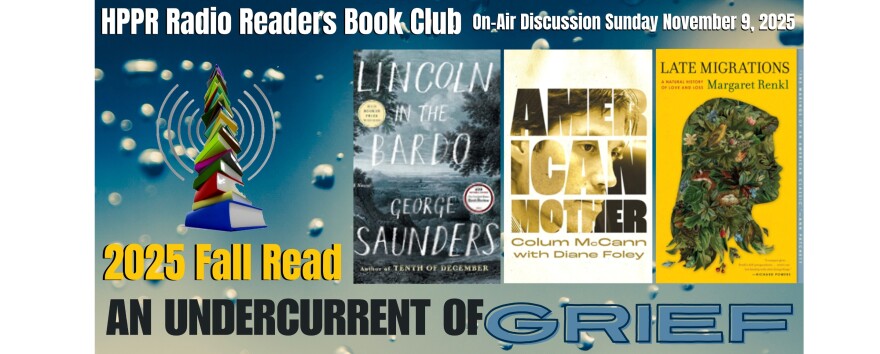This is Mike Strong, in Hays, for HPPR. The books are “Persepolis” and “Persepolis 2” by Marjane Satrapi.
Marjane Satrapi’s graphic novels provide information we in the US did not get at the time. From a journalist’s perspective, I now know how much information was never provided to us by our news media. The coverage sounded too much like State Department press releases. The Iranian revolution of 1978-79 really started in 1953.
In 1953, Kermit Roosevelt Jr., the grandson of President Theodore Roosevelt, was on the ground as operational planner in Operation Ajax (his title was “Chief of the Near East and Africa Division” [summary.pdf]). This was the coup in Iran (19 August 1953) which overthrew prime minister Mohammad Mosaddegh (1882-1967), and installed Mohammad Reza Pahlavi as shah. 26 years later Kermit Roosevelt Jr. wrote “Countercoup” about that operation.
It was not until 60 years to the day after the Iranian coup, in 2013 on the 19th of August, the United States formally admitted its part in the 1953 coup of Mohammad Mosaddegh. The CIA teamed with Britain’s MI6, although MI6 has yet to admit it.
The coup was approved by CIA director Allen Dulles and President Dwight Eisenhower. It was the first of a succession of coups around the world instigated by the United States’ CIA, which would follow a similar pattern, to the present.
For the next quarter century, the Iranian people were ruled by the handsome, insecure, autocratic Shah and his beautiful wife. Both were often on the covers of magazines which carried admiring articles which could have been written by the state department. Those flattering magazine covers did not hint at the Shah’s use of the treacherous and sadistic Iranian secret police, SAVAK (Organization of National Security and Information), who arrested, tortured and executed dissidents. SAVAK itself grew out of the Shah’s security forces as trained by US General H. Norman Swarzkopf Sr. (1895-1958, “Stormin’s” daddy). The 1953 CIA summary PDF, page 6, says:
“Arrangements were made for a visit to Iran by General H. Norman Schwarzkopf, former head of the US Gendarme Mission, whom the Shah liked and respected. Schwarzkopf was to explain the proposed project and get from the Shah signed firmans (royal decrees) dismissing Mossadeq, appointing Zahedi, and calling on the Army to remain loyal to the Crown.”
Repeatedly, in these CIA reports from 1953, you see information warfare used as opening salvos to soften the opposition, repeatedly trotting out accusations of “communist” and “dictator.”
Within Eisenhower’s long diary entry from 8 October 1953 was this paragraph about Kermit Roosevelt’s role in the coup (“a member of the CIA” and “our Agent” refer to Kermit who pulled the Shah back in after the Shah fled):
Ike: Another recent development that we helped bring about was the restoration of the Shah to power in Iran and the elimination of Mossadegh. The things we did were "covert." If knowledge of them became public, we would not only be embarrassed in that region, but our chances to do anything of like nature in the future would almost totally disappear. Nevertheless, our agent there, a member of the CIA, worked intelligently, courageously, and tirelessly. I listened to his detailed report, and it seemed more like a dime novel than an historical fact.
When we realize that in the first hours of the attempted coup, all element of surprise disappeared through betrayal, the Shah fled to Baghdad, and Mossadegh seemed to be more firmly entrenched in power than ever before, then we can understand exactly how courageous our agent was in staying right on the job and continuing to work until he reversed the entire situation. Dwight David Eisenhower
Twenty-seven and a half years later, after hostages were taken at the US embassy in October 1978, most of us, myself included, tuned in every night, to hear Ted Koppel give us the latest. Koppel’s first broadcast of 444 programs was March 24th, 1980, which was day 142 of the hostage crisis. Not once, in all those 444 chances to inform us about the background leading to the Iranian revolution, not once, did Koppel talk about Mosaddegh or the coup of 1953. 444 times we were left to believe this revolution came about for no reason at all, just pure, sudden, savagery from Iranians. Out of nowhere.
Koppel, himself doesn’t mention the 1953 coup until February 24th 2006, in a New York Times op-ed, after he leaves ABC. He mentions the old coup to support his commentary about our motive for invading Iraq. Notes Koppel, “Keeping oil flowing out of the Persian Gulf and through the Strait of Hormuz has been bedrock American foreign policy for more than a half-century.”
After which Koppel repeats the canards of communism and Soviet influence.
There are patterns in media coverage, if you pay attention, which reveal how sources use “access” to feed the official line to reporters, and patterns which suggest complicity. More than we would like to think. Agencies seeking to promote their own line while remaining hidden and covering up misdeeds. It is an old pattern.
This is Mike Strong, in Hays, for HPPR Radio Readers Book Club.









